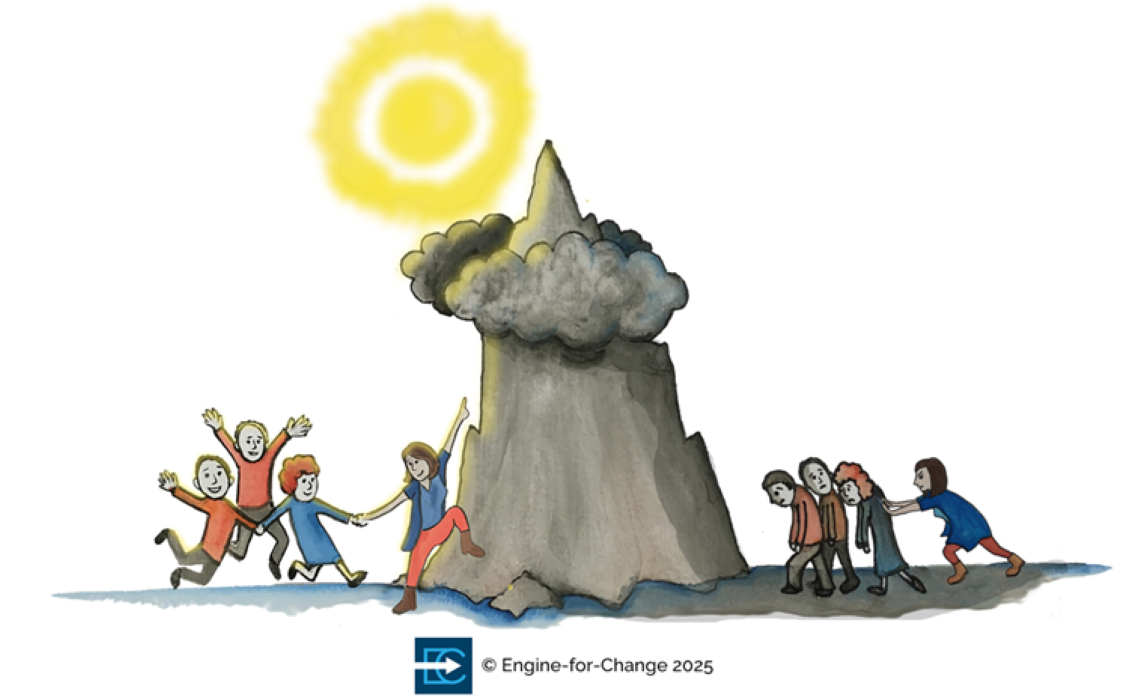Leading Change and Knowledge in the Modern Workplace
Transformational leaders facilitate collaboration to develop relationships in organizations. Collaboration provides a shared understanding about the current issues and problems among employees, which helps to generate new ideas within organizations. A transformational leader contributes to the cultural aspect of trust, through considering both employee’s individual interests and company’s essential needs. Trust towards their leader’s decisions is a necessary precursor to create new knowledge. Also, transformational leaders identify individual needs of their employees and develop a learning culture to generate new knowledge and share it with others. The amount of time spent learning is positively related with the amount of knowledge gained, shared, and implemented. Therefore, transformational leaders can reshape, and in some cases, manipulate organizational culture to create a more effective knowledge management cycle within departmental and business units of organizations.
Organizational structure can be reshaped by transformational leaders when they develop knowledge sharing and inspire employees to create new ideas for a better environment among business-units and departments. Informal structure could facilitate new idea generation to build a more innovative climate within organizations. Transformational leaders are known to implement organizational changes that develop better collaboration among subordinates and managers. Centralized versus decentralized decision making is a topic that transformational leaders must deal with. Scholars found that more emphasis on formalized and mechanistic structures can negatively impact the transformational leader’s ability to exert such changes. On the contrary, a more decentralized and organic structure may enable transformational leaders to improve departmental and managerial interactions. The mechanical or centralization at the commanding level of transformation leadership impairs the opportunity to develop relationships among managers, business units, and departments. Decentralized structures shift the power of decision-making to the lower levels and subsequently inspire organizational members to create new ideas and even implement them while centralized structures may negatively impact interdepartmental communications and inhibit knowledge exchange. Transformational leaders are, therefore, top management executives who enhance decentralized and organic structures to develop relationships and interactions within organizations. Thus, transformational leaders positively contribute to knowledge management through building more decentralized and organic structures within organizations.
Organizational strategy includes four dimensions: analysis, pro-activeness, defensiveness, and futurity. The first aspect, “analysis,” focuses on identifying the best solutions for the organizational problem. Transformational leaders apply this strategy to create more innovative solutions for organizational problems. An analysis strategy could enhance the knowledge creation process through identifying new opportunities in order to provide better alternatives for managers to make a more effective decision. Thus, this strategy is highly associated with a company’s capacity to create new knowledge. The second aspect “pro-activeness” emphasizes the effectiveness of long-term decisions. Transformational leaders employ this kind of strategy to develop a vision of adopting more comprehensive information about the future. When adopting a more pro-active type strategy, transformational leaders can enhance the knowledge utilization process, thereby developing guidelines for future pathways and determine future trends in the external environment and allocate their resources accordingly. The third aspect, “defensiveness” can also be applied by transformational leaders by taking into account the objectives of strategic implication that seeks to decrease organizational costs and redundancies. While transformational leaders focus on implementing changes, a defensive strategy can be used to modify the current processes to enhance organizational efficiencies. The fourth aspect, “futurity” identifies the opportunities that are available but not always addressed in the business, the global environment, and the political regulation changes. This kind of strategy can be also enhanced by transformational leaders as they adopt a strategic posture that inspires employees to identify better opportunities in both the internal and external environment. In many ways, a futurity strategy could enhance knowledge transfer by developing interactions with both departmental units and the business environment. Thus, organizational strategy can be employed by transformational leaders to manage knowledge within companies. The key here is that there are positive effects of culture, structure and strategy on knowledge management. Without a grasp on these three tenets executives are bound to fail.
(Part 2 of this article addresses the importance of transformational leaders as well as the role that knowledge management plays in organizational transformation.)







